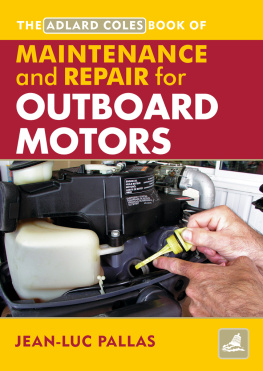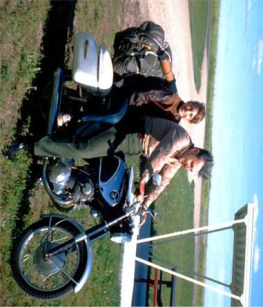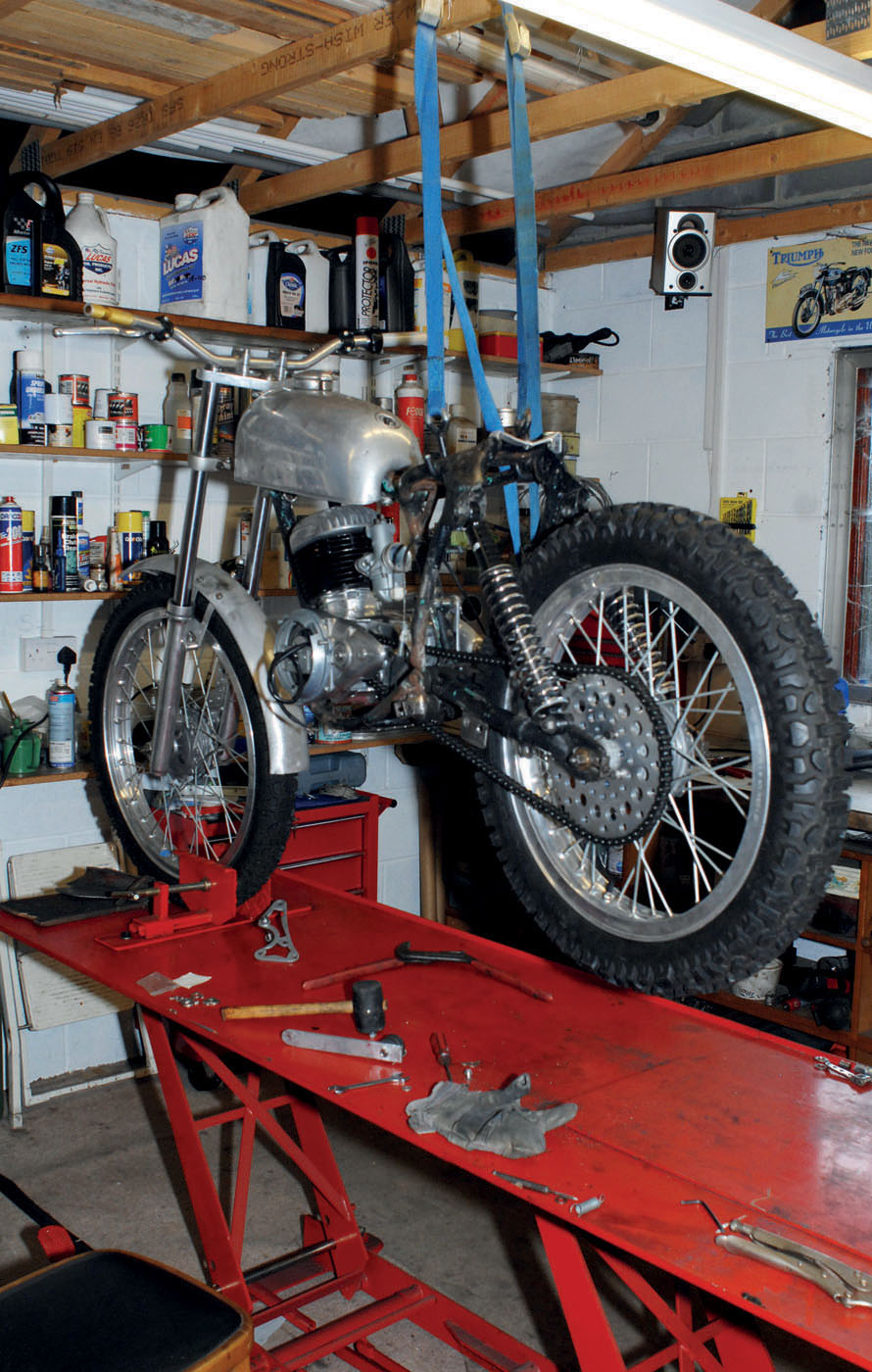Classic Motorcycle Restoration and Maintenance
Nigel Clark

The Crowood Press
First published in 2015 by
The Crowood Press Ltd
Ramsbury, Marlborough
Wiltshire SN8 2HR
www.crowood.com
This e-book first published in 2015
Nigel Clark 2015
All rights reserved. No part of this publication may be reproduced or transmitted in any form or by any means, electronic or mechanical, including photocopy, recording, or any information storage and retrieval system, without permission in writing from the publishers.
British Library Cataloguing-in-Publication Data
A catalogue record for this book is available from the British Library.
ISBN 978 1 84797 882 0
Disclaimer
Safety is of the utmost importance in every aspect of an automotive workshop. The practical procedures and the tools and equipment used in automotive workshops are potentially dangerous. Tools should be used in strict accordance with the manufacturers recommended procedures and current health and safety regulations. The author and publisher cannot accept responsibility for any accident or injury caused by following the advice given in this book.
contents
acknowledgements
This list is relatively short as most of the information in this book is based on experience gained over several years of restoring old British motorcycles of varying shapes and sizes. Of course, there is a great deal of technical detail of which I neither know nor deem necessary to know particularly deeply, as there are others who specialize in these fields and it is to them I turned for their advice and for that I express much gratitude. They have given freely of their immense skills and knowledge, and without their help I could not have completed the task of compilation and I thank them all.
Accreditation must go to the following for allowing use of their copyrighted documents:
Joachim Seifert of Norton Motors Group, for permission to use extracts and diagrams from various Norton documents; Colin McSeveny of Smiths Group, for permission to use extracts and diagrams from various Smiths Industries documents; Dave Bennett of BSA Company Ltd, for permission to use extracts and diagrams from various BSA documents; the University of Birmingham, for the archive images of the BSA factory; Lucas Electrical, for permission to use extracts and diagrams from various Lucas documents; and Triumph Motorcycles, for permission to use images from various brochures.
Special mention must go to Dave Flintoft, BSA Gold Star specialist, engineer par excellence and all round good egg, who spent far too many unprofitable hours demonstrating and advising me on various engineering tasks; the ever-pleasant Bob Wylde, for his time and patience with wheel building; Ferret, the electrical magician; Adrian Hill, of Morris Lubricants, for his advice on oils; Boyer Bransden, for their electronic ignitions; Jan de Jong at ABSAF; Kate Emery at Norvil Motorcycles; and Ben Coombes and the ace team at Amal and Burlen Fuel Systems. There are others too my late pal Bob Byatt, for his saintly patience and ever willingness to help me out, sorely missed, and to Katapultgrafik for the artwork.
Thanks also must go to in alphabetical order Pete Adams, Paul Andrews, Neil Beadling, Steve Clark, Tony Pearson and Mike Powell.
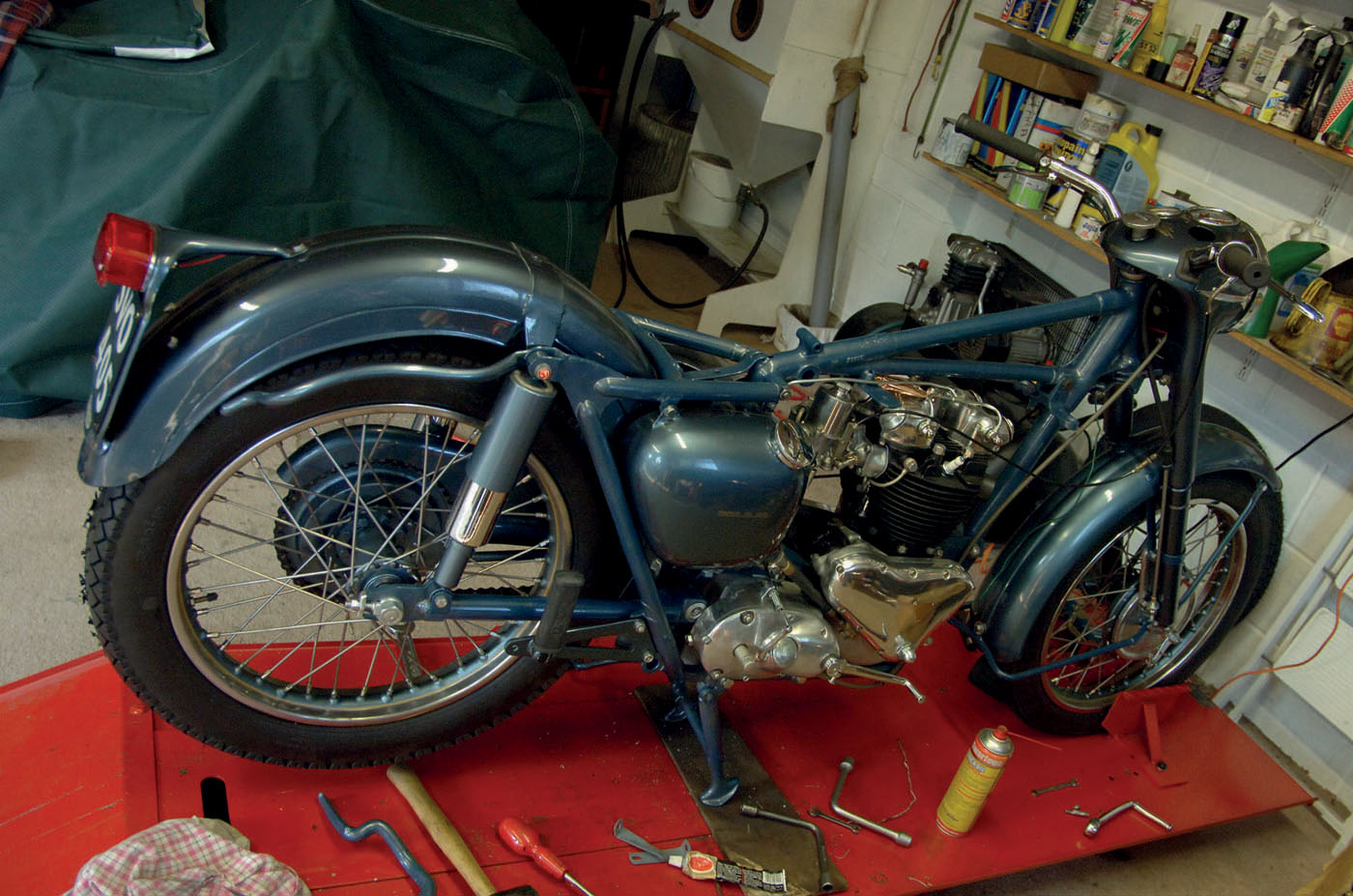
Classic > adjective Judged over a period of time to be the highest quality. Remarkably typical. Synonyms adjective Definitive, enduring, exemplary, masterly, outstanding, archetypal, paradigmatic, quintessential. Noun Masterpiece, a work of art of established value.
The origin of the word, like much of our rich language, comes from the Latin classicus, meaning belonging to a class or division and later of the highest class.
In the years since the Second World War the term has been used more loosely, initially to represent designs of outstanding merit, and latterly, more generally, to represent items which, to put it bluntly, are simply old.
Its a term that is now widely open to interpretation. Taking aircraft as an example, it is surely fair to adorn the likes of the Supermarine Spitfire, Avro Lancaster and Vulcan, English Electric Lightning and others of similar ilk with the description. Likewise Sir Nigel Gresleys fabulous, art deco Pacific Streamliner locomotives, or those wonderful coachbuilt beauties from Messrs Rolls Royce and Bentley, or George Broughs hand-built specials, or Phil Vincents super-fast V-twins, or the all-conquering racing Nortons from Birmingham
The list is probably endless and each has its own argument for and against. What about Hondas little 50cc step-thru moped? What about it?, you may ask. Its a throwaway utility vehicle of no particular value apart from a basic means of getting from place to place, particularly in less developed countries, where it is often used as family transport. Images are regularly seen of the poor little thing overloaded with husband, wife, several children, animals, bales of straw, boxes of fruit, you name it. So how then can it be a classic? Well, its been in production in various specifications and sizes for over half a century and has sold tens of millions of units and continues to do so to this day. In that case, the dictionary definition of definitive and enduring certainly applies, though to be fair the Nifty Fifty is at the opposite end of the scale to the likes of the Velocette Venom Thruxton when it comes to desirability and market value. Having said that, would a peasant farmer from the developing world swap his Honda for a Thruxton? Certainly not in the practicality stakes, as a Thruxton would be no use to him whatsoever; but then, in his situation there is no classic status, his bike is simply everyday transport and that of course is what most of our so-called classics once were.
Nowadays, anything with any age to it is deemed classic. As the classic car market has seen the prices of exotica climb to extraordinary heights, so has that vacuum formed below it sucked up the prices of lesser, more run-of-the-mill vehicles. As said market shows no sign of diminishing and the banks interest rates continue to stagnate, the investors have realized that a good return can be had from the classic motorcycle. This has had two effects on the market. The first is that prices for machines with a genuine history and provenance have rocketed, which in turn has flushed out onto the market many machines that have been tucked away for years, as owners finally cash in.
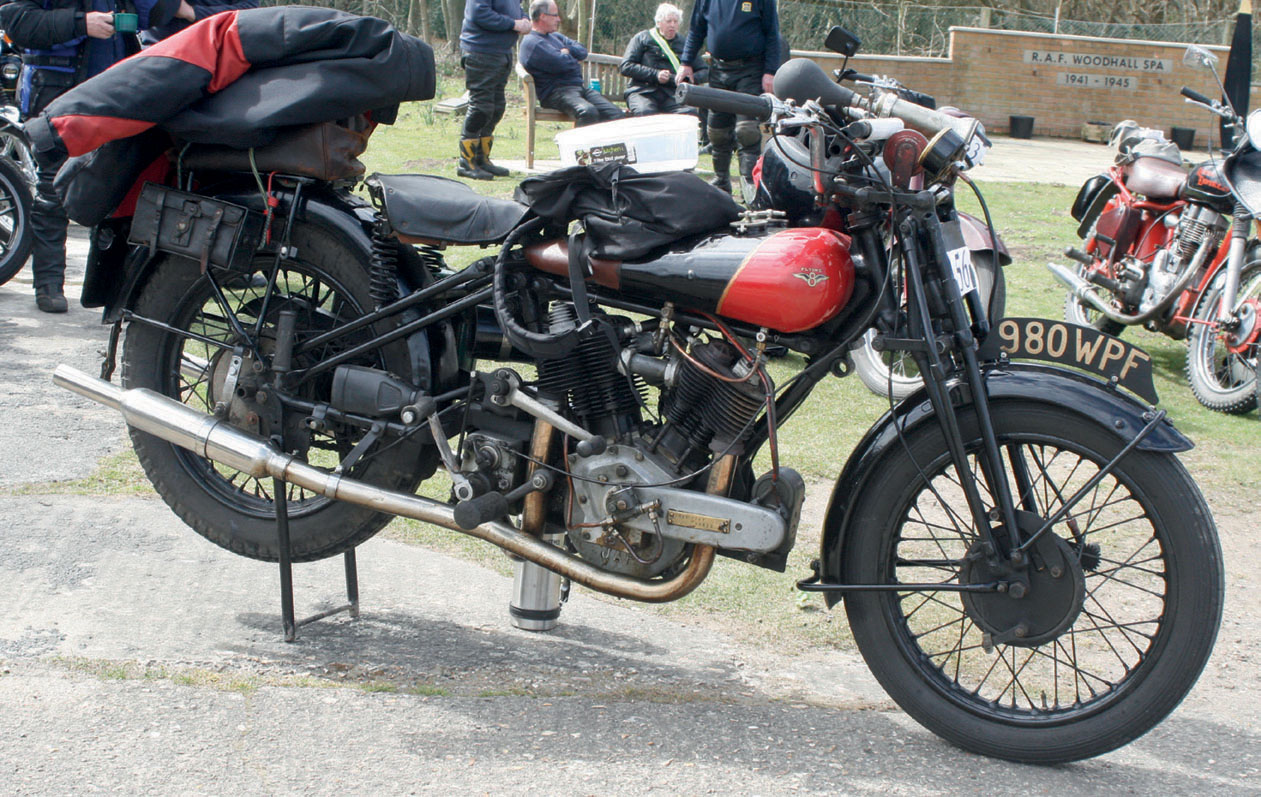
Once upon a time a Coventry Eagle V-twin such as this was just an old motorcycle; now its a very expensive and very sought-after commodity.
Not many years ago, anyone who had an old motorcycle, or car come to that, was seen as being, shall we say, at worst not particularly well off, or at best some form of eccentric. However, many such people eventually had the last laugh, as the old rubbish they stored away in their sheds and hen huts steadily became valuable and sought-after machines. Those hoarders now have an extremely healthy pension pot!
A BRIEF HISTORY LESSON
The story of the fairly rapid implosion of the British motorcycle industry, followed not long afterwards by that of the car industry too, is well documented in many other books, and while today such industries are looked back upon through those familiar rose-tinted spectacles, hindsight now shows that the demise was without doubt inevitable though it need not have been so.








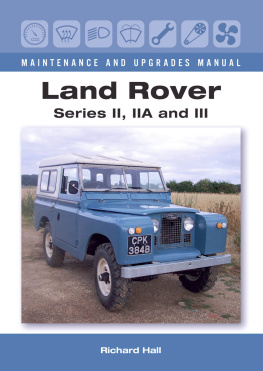
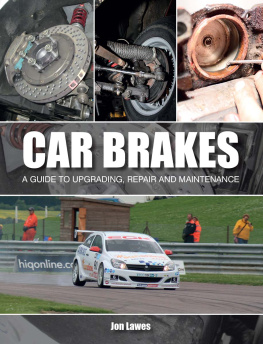

![Shanks - Essential bicycle maintenance & repair: [step-by-step instructions to maintain and repair your road bike]](/uploads/posts/book/235248/thumbs/shanks-essential-bicycle-maintenance-repair.jpg)


